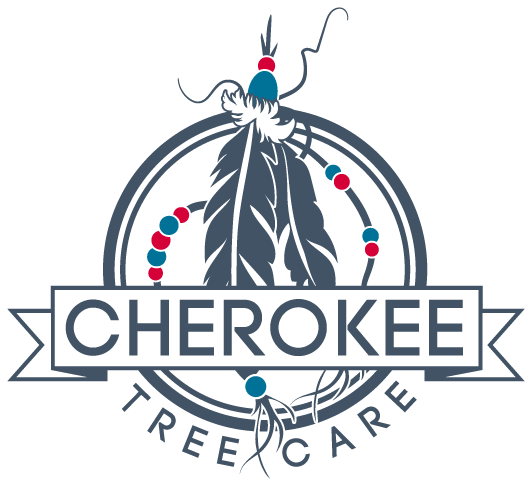The Emerald Ash Borer is nothing new to our headlines, but the devastation we are seeing to Ash trees in our area has increased exponentially. In this blog, we will discuss the history of this insect, how to identify an ash tree and the damage done by this pest, and what can be done to help protect your Ash trees.
The Emerald Ash Borer was first discovered in the U.S. in Michigan in 2002. It is believed to be transported from China to the U.S. in pallets made of wood infested by the borer. Its first appearance in Missouri was in 2008 in a campground in Southeastern Missouri; Wayne County. Infested firewood was likely to blame for this introduction.
The EAB was later discovered in southwest Missouri in 2016 in Laclede County. The spread of this insect has been slow but inevitable, causing detrimental damage to Ash trees in its wake.
According to an article from University of Missouri in 2008, entitled Missouri Timber Price Trends, “Ash trees make up approximately 3 percent of forests and up to 14 percent of street trees in Missouri. Since no ash trees in North America are known to be resistant to the pest, infestations are devastating to these tree species.”
How to identify an Ash tree
Being able to identify if you have an Ash tree on your property is the first step in protecting them from the Emerald Ash Borer.
Ash trees have compound leaves, meaning each leaf has several leaflets on the same leaf stalk, as pictured below.
A key identifier is opposite branching pattern. Most trees in southwest Missouri have an alternating branching pattern, but Ashes have branches growing directly opposite each other as shown in the photo below.
Mature trees will have a diamond-ridged pattern in the bark.
Some Ash trees produce samaras or seed pods that are paddle-shaped as shown below.
EAB Damage
Damage from the Emerald Ash Borer is extensive and if left untreated, they will kill any Ash tree in their path. The larvae stage of this insect feeds on the vascular tissues of the tree. The vascular tissues are responsible for the flow of water and essential nutrients throughout the tree. When these tissues are hindered, the tree’s life source is cut off, causing decline and death. Pictured below are galleries from larvae feeding underneath the bark of the tree.
Since the feeding occurs underneath the bark, other signs that are often seen first. Canopy dieback is an initial indicator that there may be an Emerald Ash Borer problem in your Ash Tree. The tree tries to compensate for the lack of its food source (the leaf) and pushes out excessive sucker growth as a stress response.
Infestations of the insect can attract woodpeckers to attack the tree in search of a meal. In doing so, bark gets shredded, leaving a ‘blonding’ effect as shown below. You can also see exit holes in the bark. EAB holes are identifiable by their ‘D’ shape.
What can be done?
A key to effective management is early detection, which is enhanced by correct identification of signs of the insect and its damage symptoms. As mentioned earlier, we have seen widespread damage to Ash trees in southwest Missouri and unfortunately, some trees are too far gone to save.
We are recommending anyone with a healthy Ash tree to do a preventative treatment to help protect it. This consists of an injection that goes into the trunk of the tree and works systemically and lasts 2 years. Ash trees in our area are being destroyed by these insects but we have seen good results with this product.
In the picture below, you can see two trees treated for EAB and one (in the middle) that was left untreated.
Give us a call or contact us online if you would like more information about how we can help your trees and shrubs.

